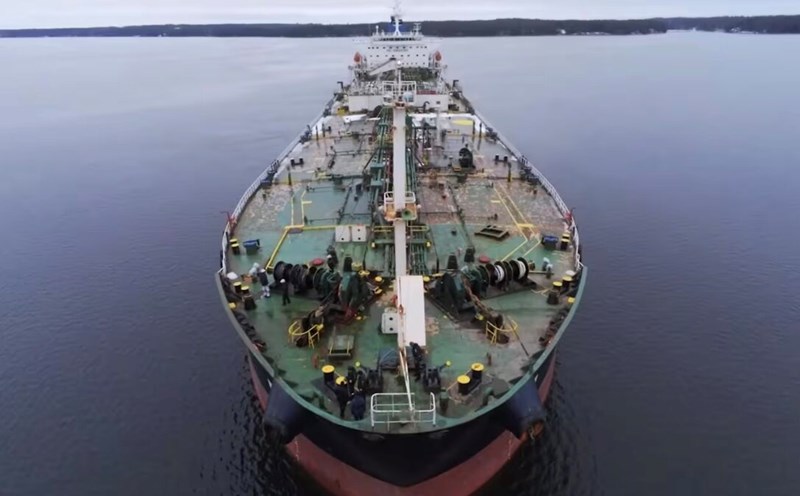As Europe spends more on defense against the growing threat, countries on the eastern edge of NATO are looking for a rather special defense: mud.
The country has played a role in defense strategies for millennia, the Financial Times said. The German tribes took advantage of coal and mud to defeat the Greens, while the Dutch adopted strategic flooding tactics to prevent Spanish and French invasion. The famous Polish military strategist Carl von Clausewitz believes that the mud is one of the strongest defences.
This was clearly demonstrated in 2022, when to prevent Russian troops from advancing into Kiev, Ukrainian authorities decided to demolish a giant Soviet-era dam in the north of the capital, which held the Irpin River.
This " apparently desperate" country has succeeded: The lowland is flooded, turning into a vast, impassable swamp, helping to protect Kiev when Russian tanks are stuck in the mud.
This powerful measure sends a message: Let nature fight on your behalf in combat. Countries along the NATO border have paid attention to this.
At the same time, "most of the European Union's coal mud swamps are located right next to the NATO border with Russia and Belarus," according to Defense 24. The mud swamp stretches from the northernmost part of Finland, through Estonia, Latvia, Lithuania, across Suwałki gap - a location that many people consider the most likely to have attacks in the future - and continues to eastern Poland.
Finland has started a project to restore the mudlap near the border with Russia, while Poland plans to restore and expand the mudlap and forest mudlap as part of a $2.54 billion defense project East Shield.
"If there are natural obstacles at the border such as muddy lagoons, mud beaches or lakes, it will help us a lot" - Estonian Prime Minister Kristen Michal commented.
The restoration of swamps and flooded areas along the eastern edge of NATO is considered relatively cheap and simple, while combining two priorities that Europe is increasingly competing for resources: National Defense and Climate, according to Politico.
muddy lagoons contain large amounts of CO2, but when exploited or drained, they release carbon into the atmosphere, increasing climate change. This problem is particularly serious in Europe, where more than half of the swamps have been lost or converted to agricultural land. Worried about the environmental impact, the EU aims to restore 30% of degraded coal and mud swamps by 2030.
The problem is still the financial source. While Europe focuses on security and defense budget, recognizing the military significance of the swamp will promote recovery and ensure unprecedented financial resources, Defense 24 said.
There are not many issues that environmentalists and defense officials agree on, but here we find a big catch, Finnish lawmaker Pauli Aalto- Setala told The Telegraph.









